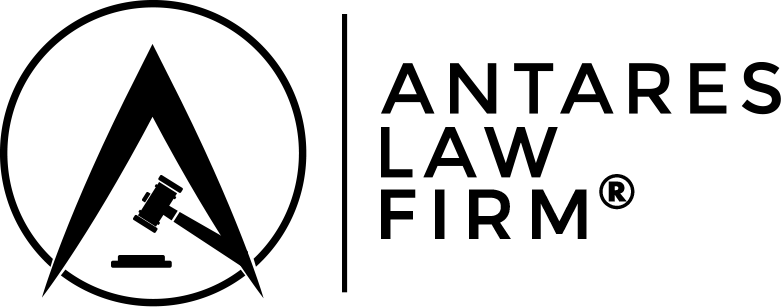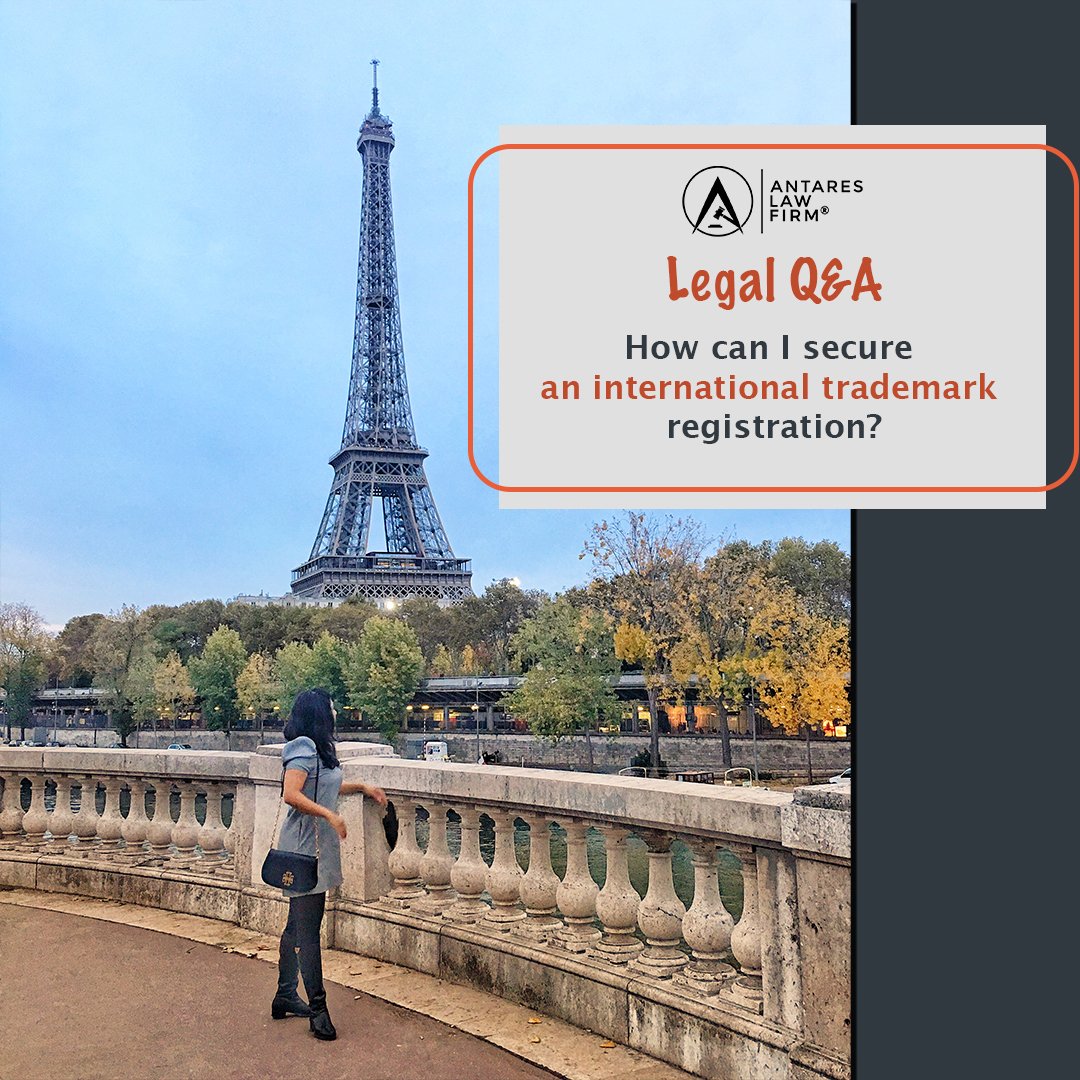Securing International Trademark Protection with a USPTO Registration
Technology and the growth of e-commerce have made it easier than ever to take a brand to an international market. For U.S. based companies intending to market and sell products across borders, securing international trademark rights is paramount. Yet the road to securing international trademark is overwhelming to most business owners, as each country has its own trademark laws.
A cost-effective and convenient solution may be the Madrid Protocol, which allows for trademark registration and management of trademarks in up to 128 member countries. An applicant may file a single application and pay one set of fees to apply for protection in all member countries. The system allows applicants to modify, renew, and expand their global trademark portfolio through one centralized system.
Madrid Protocol Requirements for USPTO Trademark Registrations
The United States Patent & Trademark Office (“USPTO”) is considered the “Office of Origin” for any international application based on a USPTO pending application or registration. Only the owner of a USPTO pending application or a registration may file an international application, meaning that the applicant’s name must be the same on the international application as the USPTO pending application or registration. The international application must include the serial number and filing date of the USPTO application.
The international application may only be filed for the same word and/or design as in a USPTO application or registration. So if you filed for a trademark application with a color claim, that design and color claim must also be contained in the international application. Similarly, the international application should include an identical, or narrower list, of goods and services to those in the USPTO application. The international application may not add categories of goods or services that are not in the original USPTO filing.
An international application needs at least one “Contracting Party,” a member country, to which the applicant wants to apply for an extension of protection. The international application must state that the applicant is able to file an international application because the applicant: is a national of the United States; has a domicile in the United States; or has industrial or commercial establishment in the United States. Finally the applicant must pay fees upon submitting an international application. The USPTO will use the information provided in this section to certify the international application and forward it to the International Bureau (“IB”) of the World Intellectual Property Organization (WIPO) .
Process of Application
The process to apply for an international trademark application under the Madrid Protocol involves three steps. The first step, discussed above, involves having the USPTO certify the application through the Trademark Electronic Application Services (TEAS), and the USPTO must forward the application to the IB.
The second step is the IB review. The IB will determine if the international application falls in line with the requirements of the Madrid Protocol. If there is a deficiency in the application, the IB will notify the USPTO, and the applicant will have to file the necessary amendments. If the application passes IB review, IB will publish the registration with the WIPO Gazette of International Marks. After publication, the applicant will receive an international registration certificate. The registration is for ten years, and depending on the applicant’s standing, may be renewed every ten years.
The third and final step is specific to each foreign country the applicant lists in the international application. Each country reviews the international registration for extension and protection within its borders. A country has 18 months to grant, deny, or extend trademark protection. If any country fails to deny the mark, the trademark protection will be granted automatically.
Considerations
Filing an international application is a tedious process that is best handled by an experienced attorney. The Antares Law Firm assists clients in filing international trademark applications. Contact our intake team today.



